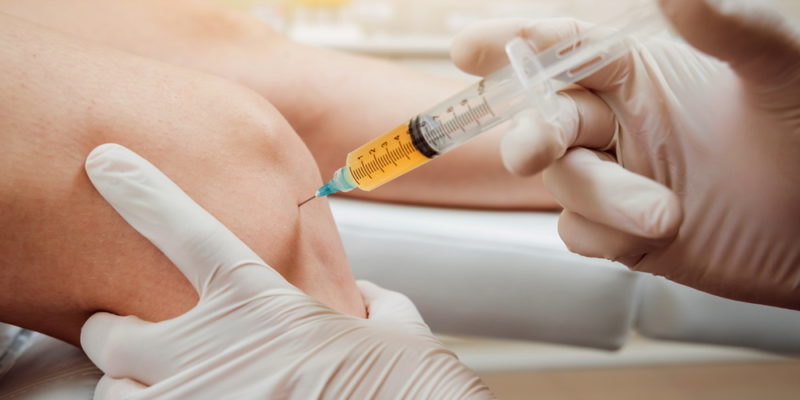Weeks before the Major League Baseball playoffs began, LA Dodgers pitcher Clayton Kershaw was told he would be sidelined for the entirety of his team’s World Series run. A sore left arm and elbow suggested an injury that could potentially threaten his career. Kershaw ultimately decided on a treatment consisting of PRP injections and rest. He hopes to be ready to go for spring training.
It turns out that Kershaw is not the only athlete to turn to PRP (platelet-rich plasma) injections. The Atlanta Hawks’ Clint Capela received a PRP treatment for a sore Achilles just before the NBA’s 2021 training camp began. Over the years, athletes involved in just about every major sport have elected to get the injections in hopes of avoiding more serious procedures. What’s up with that?
PRP and Regenerative Medicine
PRP therapy is a form of regenerative medicine, according to the pain doctors at Lone Star Pain Medicine in Weatherford, TX. Regenerative medicine is a broader category of alternative medicine that looks to use things like PRP and stem cells to promote natural healing.
Pain doctors often recommend PRP injections to treat soft tissue injuries and certain degenerative conditions, like osteoarthritis. The idea is to jump-start the body’s natural healing system rather than simply masking pain or going right to surgery to repair damage.
Lone Star doctors say that PRP therapy is both minimally invasive and safe. Despite so many news reports decrying regenerative medicine as unsafe and unapproved, nothing could be further from the truth. Regenerative medicine treatments are FDA-approved as long as doctors stay within the current federal guidelines.
A Typical PRP Procedure
PRP injections are known as autologous treatments because the required blood is provided by the patient. A typical procedure begins with a blood draw. The patient’s blood is collected, then processed in a specialized centrifuge to isolate platelets. The platelets and plasma produced by processing are rich in growth factors and other biologic components the body needs to heal.
Once blood processing is complete, a doctor will typically use some sort of imaging technology to identify the optimal injection site. The platelets are then injected, and the procedure is complete. If everything goes as planned, the platelets signal the body that an injury has occurred and requires healing. The body responds by sending stem cells, more platelets, and everything else required to heal the injury.
Single or Multiple Injections
Relatively minor soft tissue injuries may be effectively treated with just one PRP injection. However, multiple injections are fairly common. This is because the body needs time to heal soft tissue injuries. Multiple injections keep the healing process on track.
It is not uncommon for patients to be discouraged after not experiencing immediate pain relief following a PRP injection. But doctors remind patients that PRP injections are not pain-relieving injections. The injections do not even contain pain medication. Rather, PRP therapy relieves pain by encouraging the body to heal itself. Pain is relieved as the healing process progresses.
Returning to Peak Sooner
Getting back to athletes and PRP injections, many of them go the regenerative medicine route in order to return to peak sooner. Take a typical baseball pitcher. Elbow or shoulder surgery could mean months of recovery. Many pitchers never return to peak performance following surgical procedures. When PRP injections work, they can get an athlete back into competition in weeks rather than months.
PRP injections are not right for every soft tissue injury. But they are an effective option for some, which is why so many athletes are choosing them over more invasive treatments.













Comments